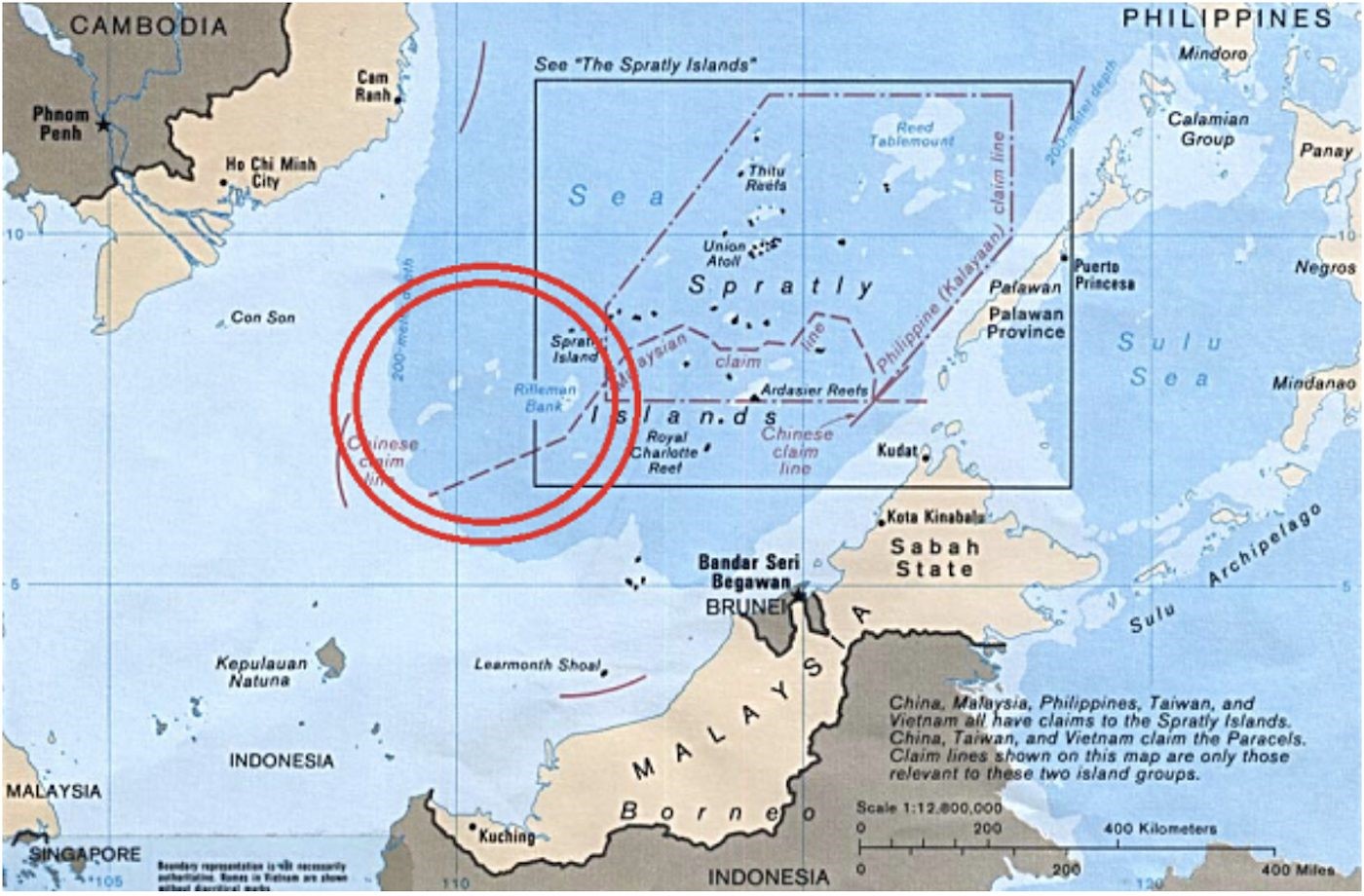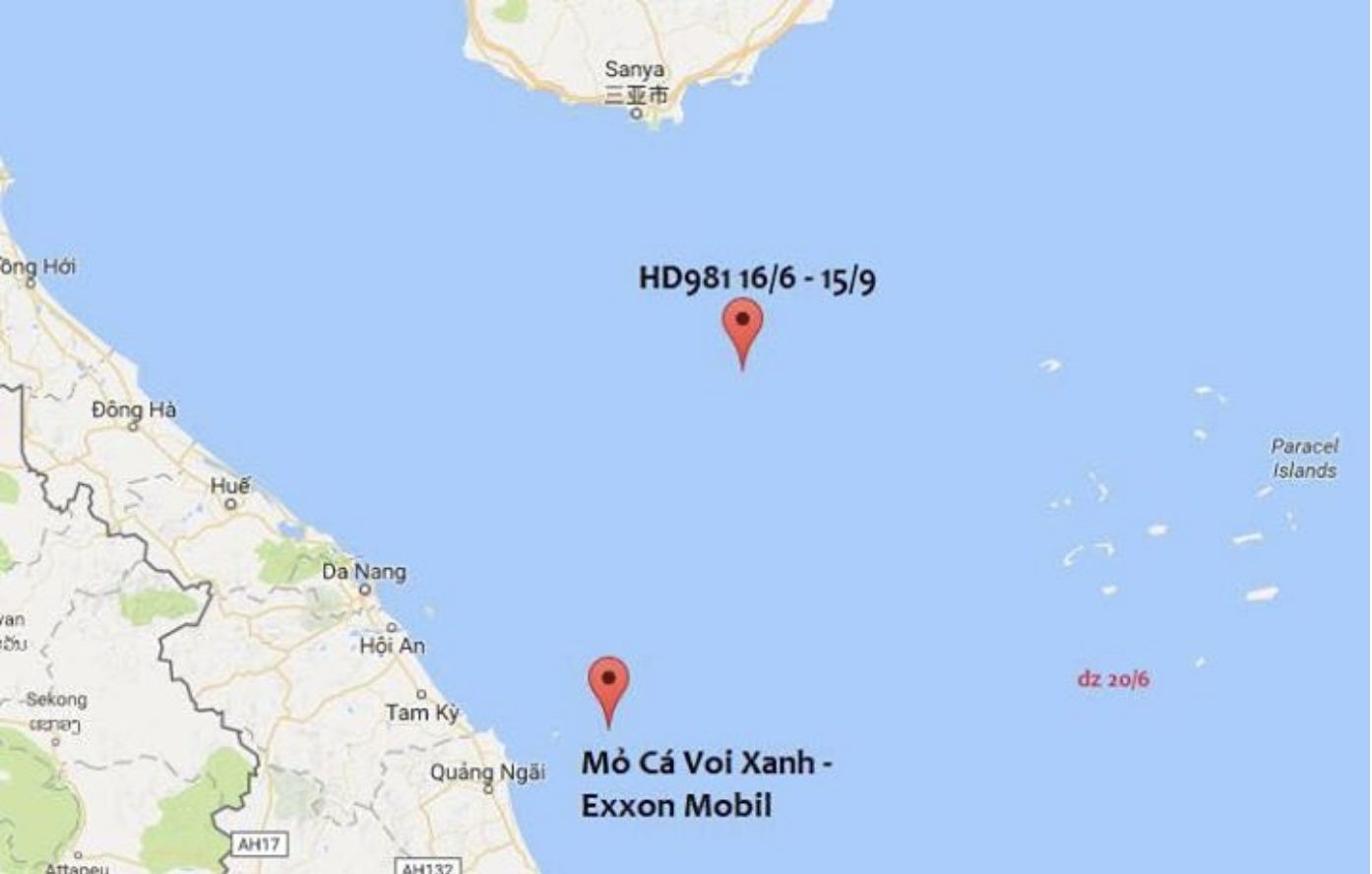Trump-Trọng Summit Remains in Limbo
Trump-Trọng Summit Remains in Limbo

HANOI: With repeated Chinese intrusions into oil-rich Vanguard Bank and anticipated departure of ExxonMobil from the Blue Whale project, the South China Sea dispute has reached a turning point. A planned meeting between presidents Donald Trump and Nguyễn Phú Trọng could be pivotal for a strategic partnership, but is unlikely to happen any time soon.
During the Trump-Kim summit in Hanoi in February, Trump invited Trọng to visit Washington with discussions expected on the South China Sea, the US-Vietnam strategic partnership and the Blue Whale project. Trọng postponed visits in July and October for unspecified concerns over health or Chinese reactions, and uncertainty lingers as Trump contends with impeachment by a polarized Congress.
Concern is growing that Vietnam’s weak response to the China threat and failure to become a strategic US partner could encourage China to take bolder actions in the South China Sea. A November visit by US Defense Secretary Mark Esper has given Vietnam and ASEAN impetus in the face of growing Chinese aggression in the South China Sea. Esper addressed the Diplomatic Academy of Vietnam: “The United States firmly opposes intimidation by any claimant to assert its territorial or maritime claims, and we call for an end to the bullying and unlawful activities that are negatively impacting ASEAN coastal states… We will continue to support efforts by our allies and partners, particularly Vietnam, to ensure freedom of navigation and economic opportunity throughout the region.”
Domestically, Vietnam is hard pressed to give up its outdated “socialist orientation” that facilitates corrupt and failed state-owned enterprises and prevents efficient functioning of its fledgling market economy. Trọng publicly indicated in May that Vietnam could welcome political reforms and embrace the private sector to avoid the double dangers of a “middle income trap” and continued US-China strategic rivalry.
Internationally, Vietnam might become a victim of the US-China trade war as other nations use the country as a transshipment center to avoid US tariffs. Following Trump’s unexpected charge in July that Vietnam is “almost the single worst abuser of everybody” and “even worse than China,” the US Department of Commerce levied 400 percent tariffs on Vietnam’s steel products of Korean, Taiwanese or Chinese origin.
Commercially, Vietnam joined two major free trade agreements in 2018: the Comprehensive and Progressive Agreement for Trans-Pacific Partnership and the EU-Vietnam Free Trade Agreement, following long and difficult negotiations. While these trade agreements would provide Vietnam with improved access to global markets and opportunity for GDP growth, they also push Vietnam to reform its institutional system, including legislation on labor and human rights.

Vietnam has established “strategic partnership” with 16 countries including Russia, China, India, Japan, South Korea and some ASEAN countries, and “comprehensive partnership” with 14 countries including the US, Canada and Myanmar. While “strategic partnership” is higher in diplomatic status, substantiated by security and defense cooperation, it has become a cliché, giving way to “comprehensive strategic partnership” including Russia, China and India.
None stands up to China when the country bullies Vietnam at Vanguard Bank or along the Mekong. The United States is the only power giving vulnerable Vietnam diplomatic support during the standoff, but the two countries are not yet strategic partners. Vietnam has delayed the critical move because of anxiety over China’s reaction.
The 2014 oilrig crisis, when Haiyang Shiyou 981 escorted by a Chinese flotilla moved into Vietnam’s waters, pushed the country closer to the United States. Trọng, then Communist Party general secretary, first visited the United States in 2015. Former President Barack Obama welcomed him to the Oval Office – a symbolic gesture substantiated by confirmation that the United States would not seek regime change in Vietnam. When Obama visited Vietnam in2016, he lifted the lethal arms ban.
Under the Trump administration, the US National Defense Strategy considers China as the key rival in a new world “disorder.” While the US-China trade war further complicates US-Vietnam relationship, Trọng’s expected US visit is driven by the growing threat from China, which has dispatched survey ship Haiyang Dizhi 8 and armed coast guard vessels to harass Vietnamese oil drilling near Vanguard Bank. The field, southwest of the Spratly Islands, is estimated to contain 45 million barrels of oil and gas deposits at 172 billion square meters. The Nam Con Son basin near Vanguard Bank could provide 25 percent of Vietnam’s power needs.
As the standoff escalates, with Haiyang Dizhi 8 returning four times to survey near Vanguard Bank, the infringement has extended to other parts of Vietnam. On September 3, China’s Lam Kình crane ship cruised deep into Vietnam’s exclusive economic zone, near ExxonMobil’s project, block 118, not far from Ly Son Island or Quang Nam shores.
On September 18, Chinese Foreign Ministry’s spokesman Geng Shuang issued a statement that China has the sovereign right and jurisdiction over the adjacent waters at Wan’an Bei, or Vanguard Bank. He demanded Vietnam to stop unilateral drillings in the area since May, accusing Vietnam of violating China’s rights and bilateral agreements even as the Haiyang Dizhi 8 and other vessels continue to infringe upon Vietnam’s exclusive economic zone and continental shelf during the standoff.

Speculation that ExxonMobil might quit the Blue Whale project makes Trọng’s visit critical. Regardless of ExxonMobil’s reasons, whether influenced by Chinese pressure or protracted Vietnamese haggling over the price of gas, there is no doubt that Beijing is trying to keep the United States out of the game. ExxonMobil’s departure would strengthen Chinese control over the South China Sea.
Blue Whale differs from Red Emperor licensed to Repsol of Spain, and Lan Tây-Lan Đỏ, with 35 percent owned by Rosneft of Russia, 45 percent by ONGC of India and 20 percent by PVEP of Vietnam. While Red Emperor sits on Vietnam’s continental shelf, within China’s notorious Nine-Dash Line, about 400 kilometers from Vung Tau, Blue Whale is deep in Vietnam’s exclusive economic zone, just outside the Nine-Dash Line, 88 kilometers from Chu Lai. ExxonMobil is not Repsol, and China cannot bully the United States as it did with Spain. Blue Whale’s assets, estimated threefold that of Lan Tây-Lan Đỏ with 48.5 billion square meters of gas and 18.5 million barrels of condensate oil, are considered Vietnam’s most productive.
In terms of strategic deterrence, some Vietnamese insiders suggest Blue Whale would contribute more to Vietnam’s strategic assets than the Russian-supplied Kilo submarines. Critics argue that the presence of ExxonMobil is a vital strategic asset and Vietnam should have provided more incentives to stay. Vietnam’s protracted negotiation for the price of gas produced by Blue Whale and a slow approval process complicate the matter, likely contributing to ExxonMobil’s ambivalence and playing into China’s hands.
To strengthen itself, Vietnam should address two priorities: internationalization of the South China Sea disputes and institutional reform. While “socialist orientation” blocks growth and integration, Vietnam must review its “three no’s” defense policy– no military alliances, no foreign bases and no aligning with one country against another. On November 25, Vietnam issued a new defense white paper emphasizing peace and self-defense, cooperation and struggle, to address tensions in the South China Sea. This suggests the “three no’s” policy has been calibrated into “four no’s” or “three no’s and one if” – keeping open the option of a strategic US partnership if China invades Vietnam. Vietnam has signaled its red line for China as part of its hedging strategy in the South China Sea.
Nguyen Quang Dy, a retired Vietnamese diplomat and Harvard Nieman Fellow 1993, is an independent researcher and freelance journalist based in Hanoi.